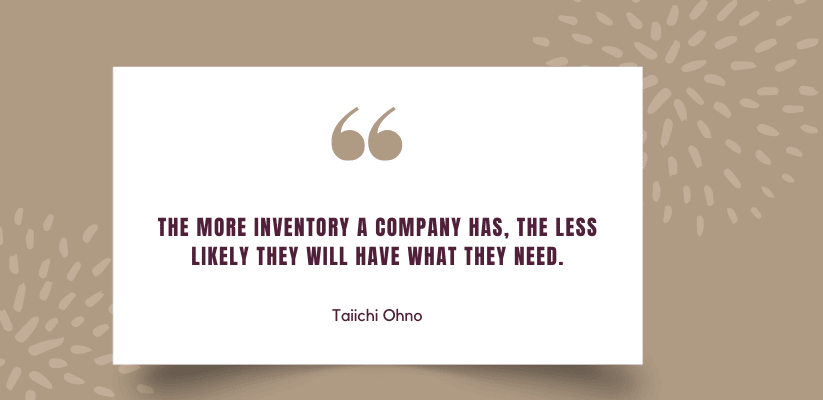Summary: Today, service-based companies need to monitor their inventories with the same seriousness as their product-based counterparts. Why? Because although measuring the cost of goods sold might not be the primary goal of service-based organizations, the inventory tracking exercise increases the trust in data, keeps inventory costs in check, and ensures the business is functioning optimally.

Traditional spreadsheets play an essential role in maintaining and updating data. But they fail when companies need to track multiple changing parameters in real-time. In addition, a manually updated spreadsheet fails to provide the same consistency and accuracy as an automatically-updating one.
To bring cost-control power to your supplies inventory, you should have optimally functioning ERP software that can:
- track the movement of transport vehicles from source to destination
- the quantity of materials
- how many orders are being placed in real-time
- Amount of parts being stored in service vans
Let’s study in detail how ERP software can help you achieve these goals.
1. Tracking real-time inventory movement status
How do you know the exact quantity of inventory you have without 360° visibility of your pick, pack, and shipment stages? How do you figure out that the inventory dispatched from a warehouse in Delhi has reached the warehouse in Mumbai?
Here’s how you can decrease the cost by having real-time visibility of your inventory status:
- Eliminate waste — Don’t order a fresh supply of items you don’t need. If something isn’t selling, it’s best to avoid repurchasing it.
- Set reasonable budgets — Identify the exact cost of projects, jobs, and events.
- Stop thefts — Implement the best technology to spot thefts and identify their cause.
- Enhanced customer retention — Sales and customer care teams can avoid overpromising customers by having real-time inventory information.
- Determine correct landed costs — Track landed costs while transferring materials from source to destination.
<<<Also Read: How ERP Software improves Inventory Management System?>>>
2. Tracking the exact amount of inventory
Not knowing the exact quantity of inventory you have can increase the shipping costs, break down your service schedule, and weaken customer relationships.
Manual tracking through spreadsheets has its limits. Once an error (a human-induced one) enters the picture, it’s challenging to detect and causes uncertainties, delays, and wears down customer trust. And this is only about the inventory items you are tracking. What about the non-inventory items?
When you have data about the inventory you have and its exact location, you can reduce the cost in the following ways:
- Reduce marketing dollars with enhanced repeat business — Consumers want products at a lightning-fast pace. So, they might consider switching to your competitor if they have to wait for a long time for your products. Instead, it would be best if you enhanced your supply chain & logistics team to ensure they meet their deadlines and finish 99.99% of jobs in a single trip.
- Bring down shipping costs — If you know the exact amount of items in your inventory, placing an order with your supplier will be easy before a particular raw material depletes.
- Have more free cash in your hand — Have you tied up a lot of cash in inventory you already have or don’t require in the first place? If yes, then your opportunity costs will suffer and you will not be able to invest in favorable business opportunities.
3. Tracking inventory orders
Your teams will work more efficiently if they know when supplies will reach the warehouse. As a result, the purchasing department can make more accurate purchase decisions and gain better insights on when to schedule an event. Moreover, when each bit of supply chain and inventory information is available on a single platform, it becomes easy for different teams to collaborate and keep the business running smoothly.
You can bring down your costs significantly by knowing what materials you have ordered and when they will arrive in the following ways:
- Capitalize on vendors’ savings — Meet the vendors’ savings threshold by combining bulky orders.
- Reduce spending and control costs — Automate approval workflows by integrating purchasing & inventory and establish thresholds to bring down spending.
- Eliminate customer order cancellations — Avoid delays in shipping and cut expedited shipping costs by observing general trends.
- Automate the order cycle — Real-time automation automatically reconciles orders, eliminates duplicate orders, and facilitates the procurement-to-pay process.






